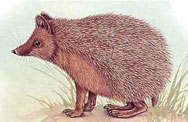Hedgehog Needle and Pin Case
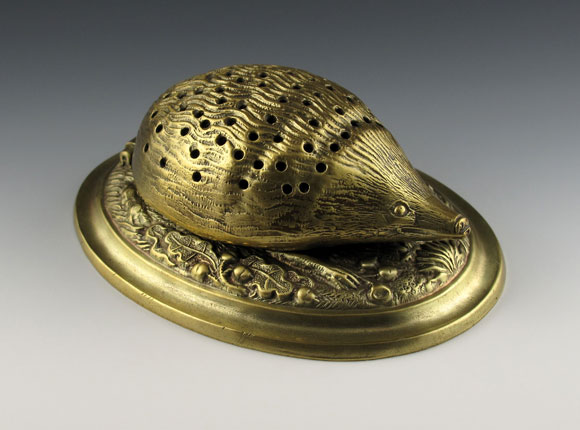
Needle Case
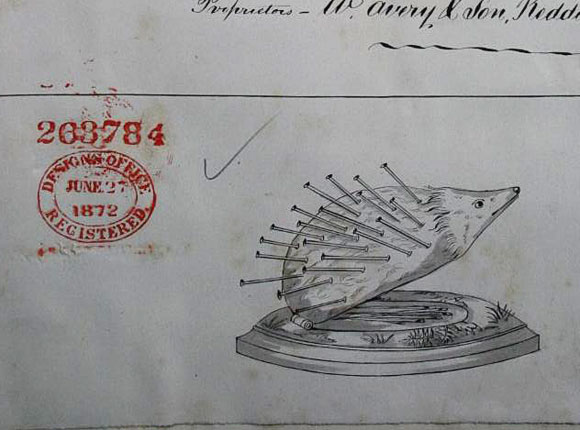
Design Representation
Design Details
Needle Case Type: |
Figural (diamond mark on needle case matches this design registration) |
Patent/Registered to: |
W. Avery & Son - Redditch |
Patent/Design Representation #: |
Ornamental Class1: Metal: #263784 |
Patent/Design Registration Date: |
June 27, 1872
|
Location of Patent/Design Registration: |
The National Archives (TNA) - Kew, UK |
Reference #: |
TNA Representation - BT 43/32/263784
TNA Register - BT 44/2/263784 |
Dimensions: |
9 x 6.7 x 3 |
Material: |
Brass |
Name Variations: |
a) W. Avery & Son - Redditch
b) Hutton & Co – London
c) Pratt & Farmer – New York
d) W. Whiteley – Westbourne Grove |
Other Variations: |
Hedgehog |
Additional Photographs
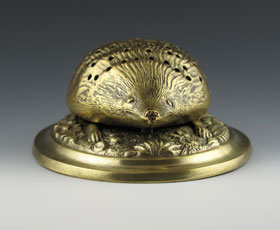
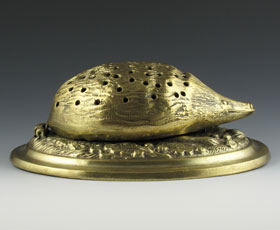
Front and side views
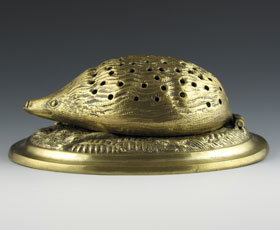
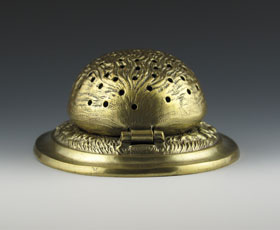
Side and back views
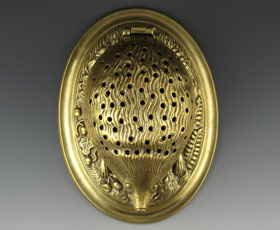
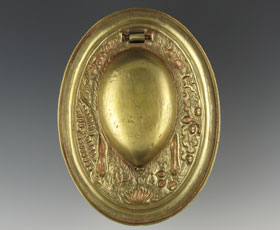
Top and bottom views
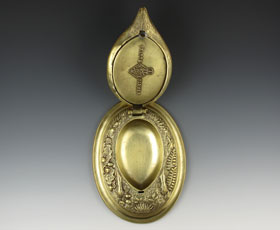
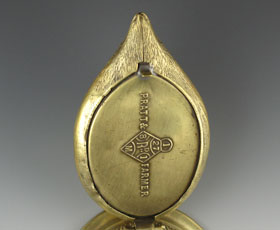
Interior and interior Pratt signature detail
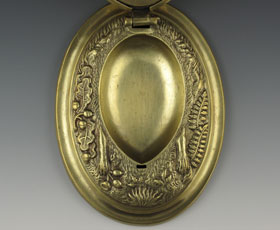
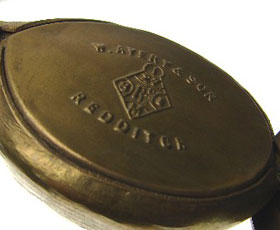
Interior detail and Avery signature detail
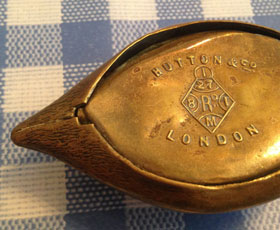
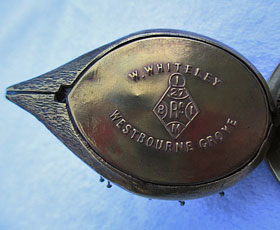
Hutton signature detail (photo from eBay) and Whiteley signature detail (photo courtesy of Loene McIntyre)
Facts
English hedgehogs got their name around 1450 CE because they were small animals that frequented hedgerows and had a pig-like snout.
These spiny mammals, which resemble a small porcupine, are found naturally in Northern and Western Europe, Asia and Africa but no species of
hedgehog is found in Australia and the Americas. Hedgehogs are nocturnal and their main food source is insects.
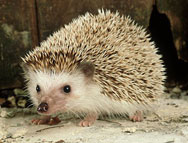
History
During the Victorian era kitchens were often located in the basement of the house where food was prepared and stored. Frequently
scraps left lying about attracted bugs, beetles and crickets and at night the floor often came alive with these vermin. As a result,
hedgehogs were kept in the kitchen in order to control the insects. During the day when people were about, the little critters would
curl up in a ball and sleep, whereas at night they roamed around the dark kitchen feasting on cockroaches and other bugs. The
Victorians also created household items shaped like a hedgehog such as the silver pin stick pictured below.
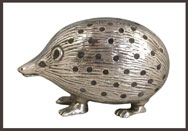
Miscellaneous
Although in Great Britain the hedgehog is one of the country’s most popular mammals it is illegal to own then as pets. While roughly
a million and a half currently live in gardens, parks, woodlands and fields throughout the county, approximately 30,000 are killed each year
by cars. Due to changes in their habitat, hedgehog populations are decreasing. The British Hedgehog Preservation Society provides
tips on how humans can help to protect this adorable species.
